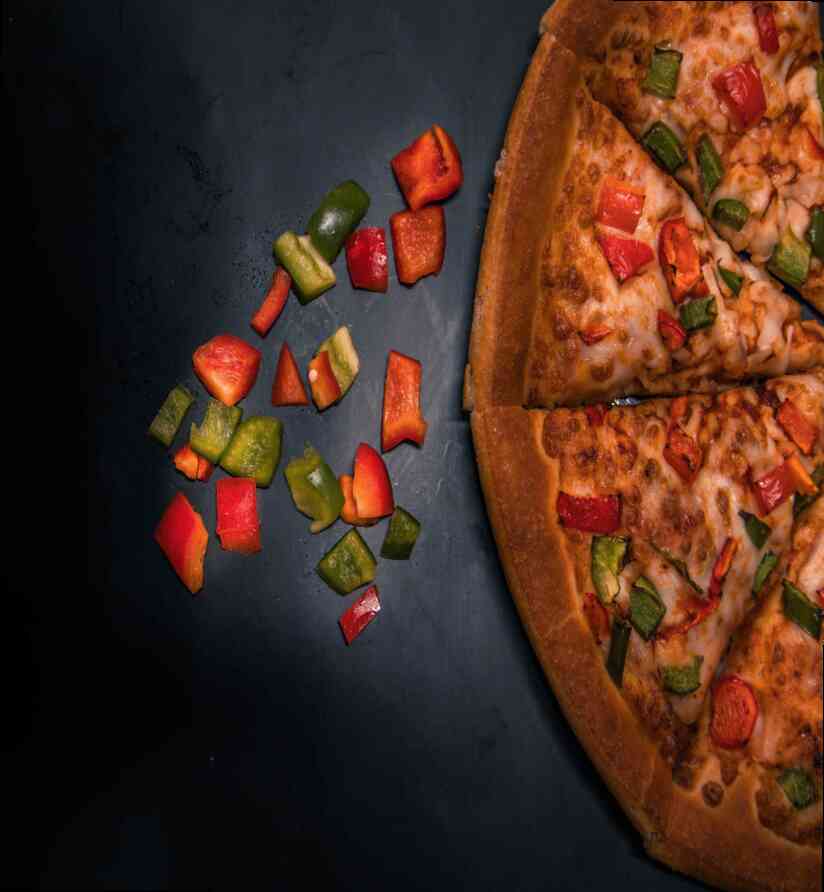Article

An analysis of the nutritional value of different types of pizza crusts
benefits and drawbacks depending on how it is made and consumed. Here's an analysis of the nutritional value of different types of pizza crusts:Benefits:Nutrients: Depending on the toppings, different types of pizza crusts can provide nutrients like protein, fiber, vitamins, and minerals. For example, a thin and crispy crust can provide a good source of vitamins and minerals, while a thick and creamy topping can provide protein.Convenience: Pizza is an easy and convenient food to eat, making it a popular choice for busy individuals or families. It can be ordered for delivery or pickup, or made at home with pre-made crust and store-bought or homemade toppings.Social aspect: Eating pizza can be a social activity, as it is often shared with friends and family. This can promote a sense of community and connection.Drawbacks:Sodium: Many store-bought or restaurant pizzas are high in sodium, which can contribute to high blood pressure and increase the risk of heart disease.Processed meats: Some pizzas are topped with processed meats like pepperoni and sausage, which can be high in saturated fat and sodium and increase the risk of heart disease and certain cancers.Refined grains: Many pizza crusts are made with refined grains like white flour, which can be low in nutrients and high in empty calories.Added sugars: Some store-bought or restaurant pizzas may contain added sugars in the crust or sauce, which can contribute to weight gain and increase the risk of chronic diseases.Overall, pizza can be enjoyed as part of a balanced diet in moderation. To make it a healthier choice, opt for whole grain crust, choose healthier toppings like vegetables and lean protein, and watch portion sizes.